By Marci Mortensen
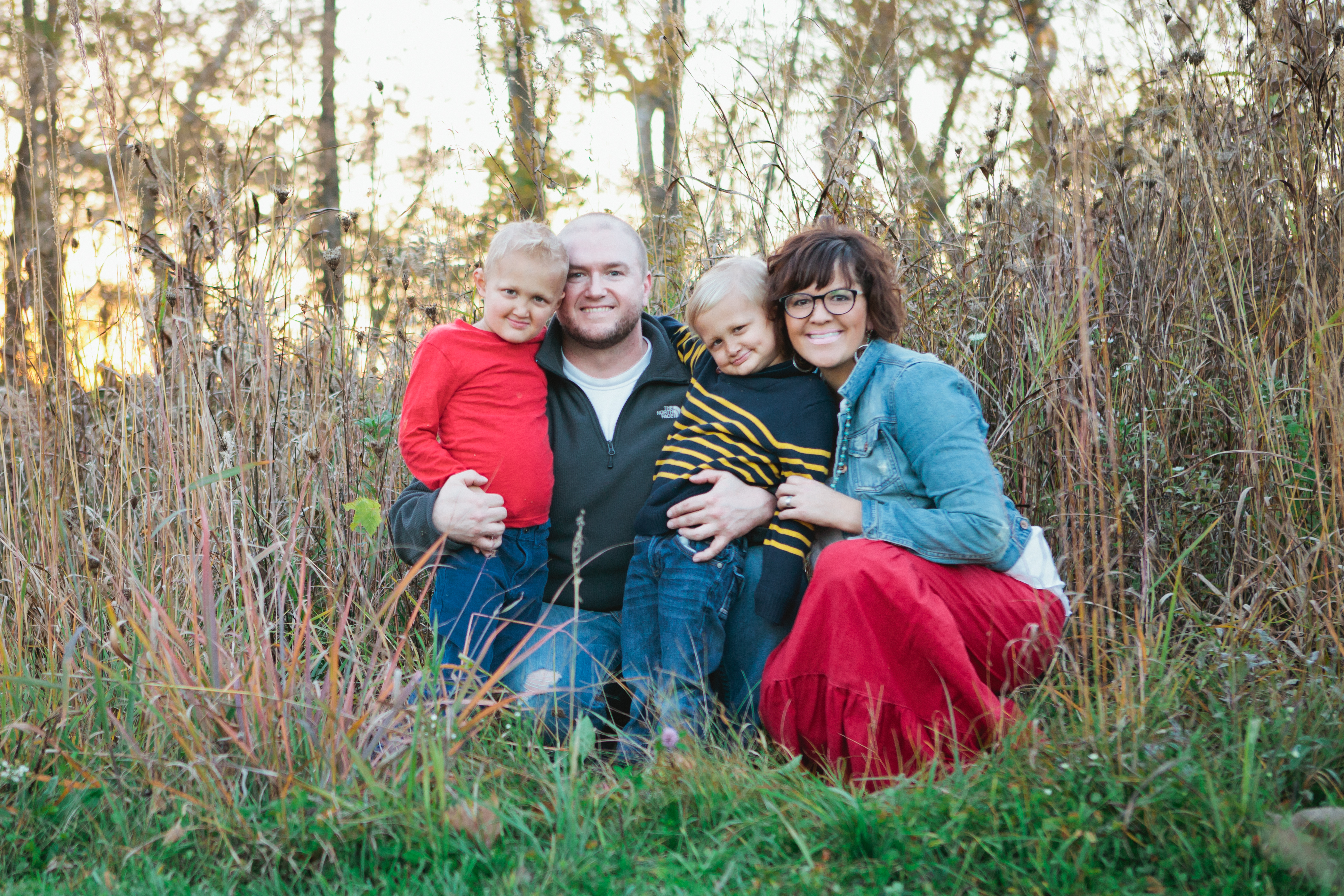
I was seven months pregnant with my second child when I first heard the words ectodermal dysplasia. Our first son Sawyer was 20 months old at the time. Although he was slightly underweight and susceptible to frequent respiratory infections, he was abundantly active and happy, and certainly giving these first time parents a run for our money. We were anxiously awaiting the birth of his little brother, when doctors were starting to express concern over Sawyer’s growth and some of his physical characteristics.
Over the next few months we made the rounds of appointments with specialists to see if we could pinpoint the reason for his respiratory issues. When a pulmonologist asked us about his ability to sweat and lack of teeth, I casually said that he doesn’t really sweat and hadn’t gotten his first tooth yet. I didn’t think much of it, having never considered that these things were related. His eyes doubled in size as he politely excused himself.
When he returned he had a printout about a genetic condition called hypohidrotic ectodermal dysplasia (HED). I took a cursory glance through the list of symptoms and at that moment I knew. Light colored and thin hair? Check. Missing teeth? Check. No sweat glands? Check. Dark and wrinkly skin around the eyes? Check. Saddle nose? Check. Small pointy chin? Check. Stinky nasal discharge? Check. Big luscious lips? Check (okay, I added the luscious part).
On one hand, we felt great relief when we were told that our son likely had HED. We had been given some pretty dire possibilities when we started on this train of specialists. So to be told that he didn’t have sweat glands, would be missing teeth, and that he would present with physical traits specific to HED, we thought no big deal.
Naturally, I went home and had a date with Google. At first it was totally overwhelming. It was like my son had a band of brothers spread across this world that looked just like him. It was heartwarming, and also scary. As it set in that this could significantly impact his life, we started feeling the pangs of sadness for our son and the possibility that his unborn brother could also have the condition.
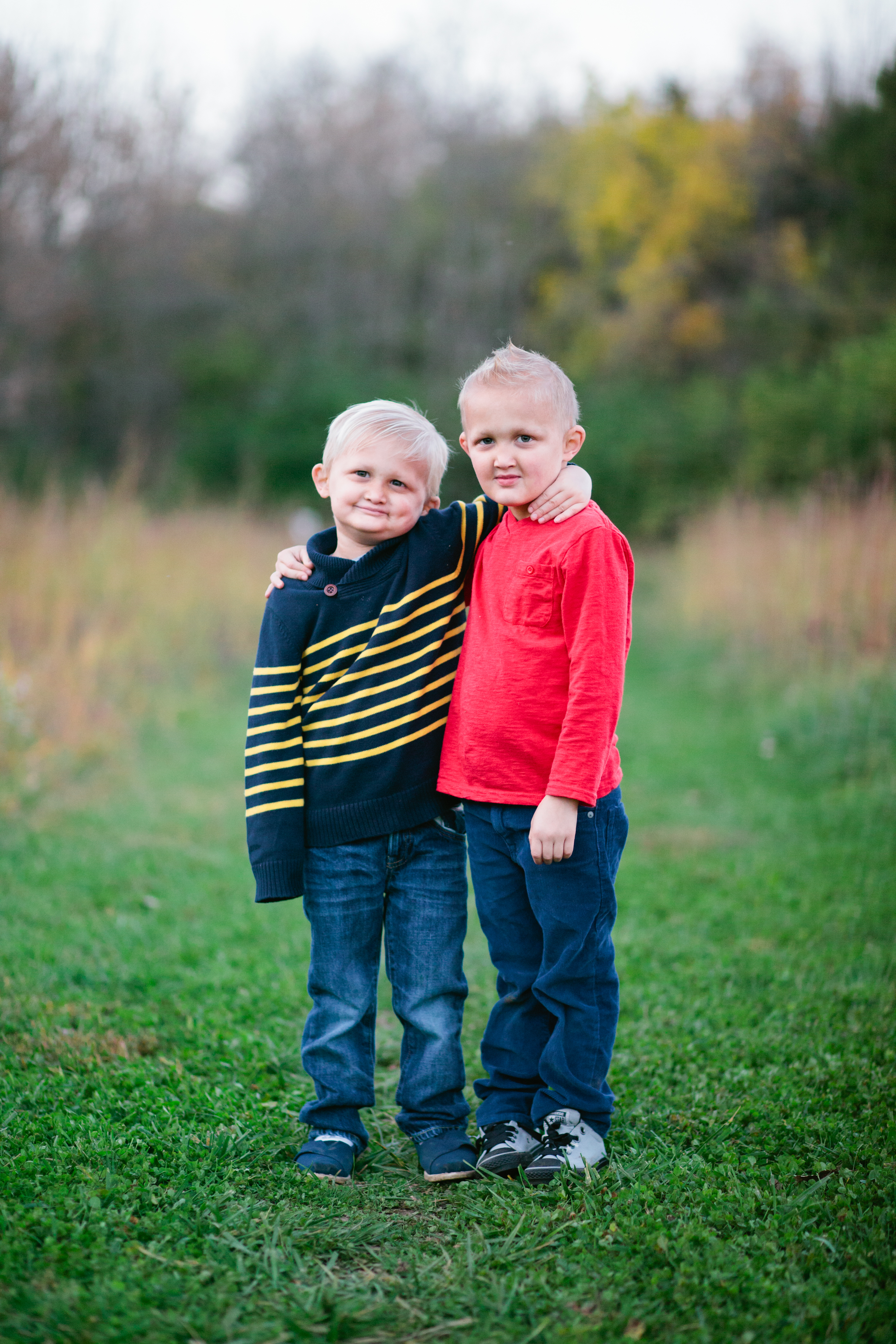
Before long, we happened upon the website for the NFED. It was here that the dialogue began to change. We could read the stories of other families whose lives were affected by ectodermal dysplasia. I called the next day and spoke with Mary Kaye Richter. I was greeted with a warm and understanding voice that assured me that we had backup.
We knew that our questions would be answered. We knew that our son would have friends and know others who were affected. We knew that there was knowledge and research and a community at our fingertips. It truly meant the world to us at such a pivotal point in our lives.
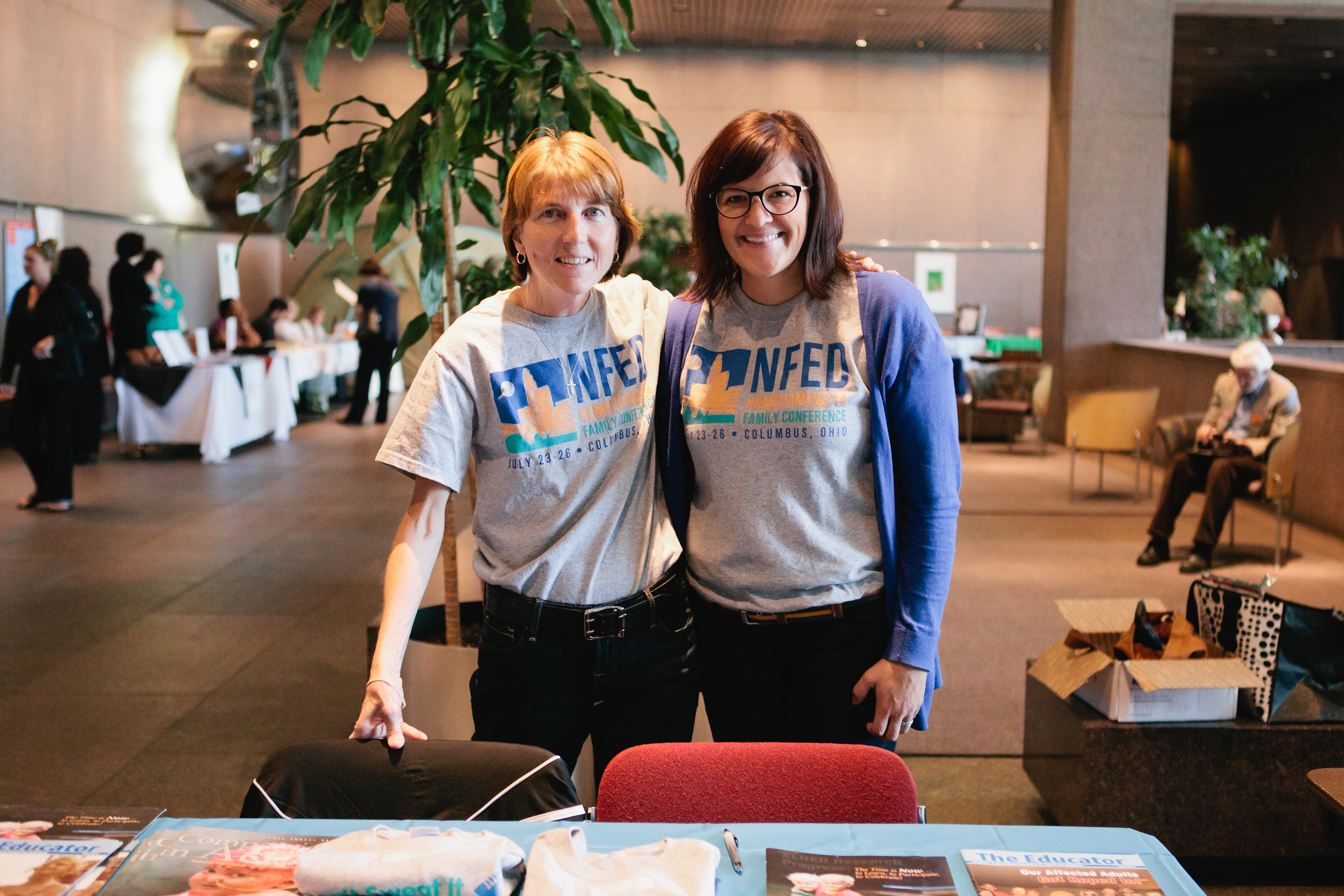
Today we are so grateful for the NFED. I am continually amazed at how this foundation lends the kind of support that they do, while hosting events and helping to fund research, and a myriad of other things. I’ve learned that it’s a little bit from a lot of people that helps to make it happen.
So when I was asked to volunteer my time for a local CFC event to help raise awareness and increase fundraising, I was happy to do my part. I got to speak with people about the different types of ectodermal dysplasias. I got to brag about the amazing network that is the NFED. I got to meet and volunteer with another mom, and swap stories about her son who runs cross-country and track in college despite his lack of sweat glands. And of course I got to talk about my two favorite little guys, who are both affected with HED.
I feel indebted to the NFED for so many reasons, but mostly it has given us hope for the future of our children. Because of networking with other families and attending family conferences, we know that our kids can play sports, and get married and have children, and pursue their dreams. We know that their physical limitations aren’t as limiting as we once thought. So in order to keep this wonderful foundation churning, we need to all band together and give what we can. Whether it’s our talents, a little money, time, or hosting fundraisers, together we can insure that the NFED is still around when my grandkids want to know why they have pointy teeth and get too hot. And I hope they can still call up the NFED and find a friend who is warm and kind and willing to listen.
Editor’s Note:
Marci Mortensen lives in Ohio with her husband Nathan. They are the proud parents of Sawyer and Grayson, both of whom are affected hypohidrotic ectodermal dysplasia (HED).
Inspired to volunteer for the NFED? Email Lea Richardson, NFED manager, community engagement, at lea@nfed.org or call her at 618-566-6871. You can also learn more on our website about volunteering.
More NFED Blog Posts About Volunteering
A Little Step May Be the Beginning of a Great Journey!
Many Hands Make the Work Light
Ronan, Our Unborn Celtic Legend
Share Your Story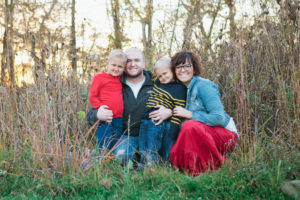
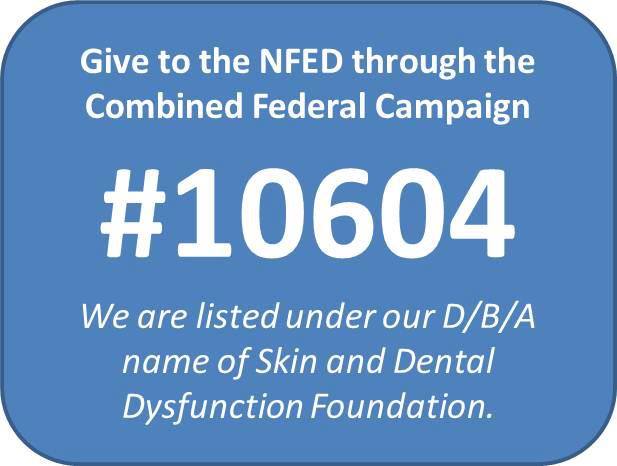
[…] The NFED Changed the Dialogue About our Son’s Condition […]